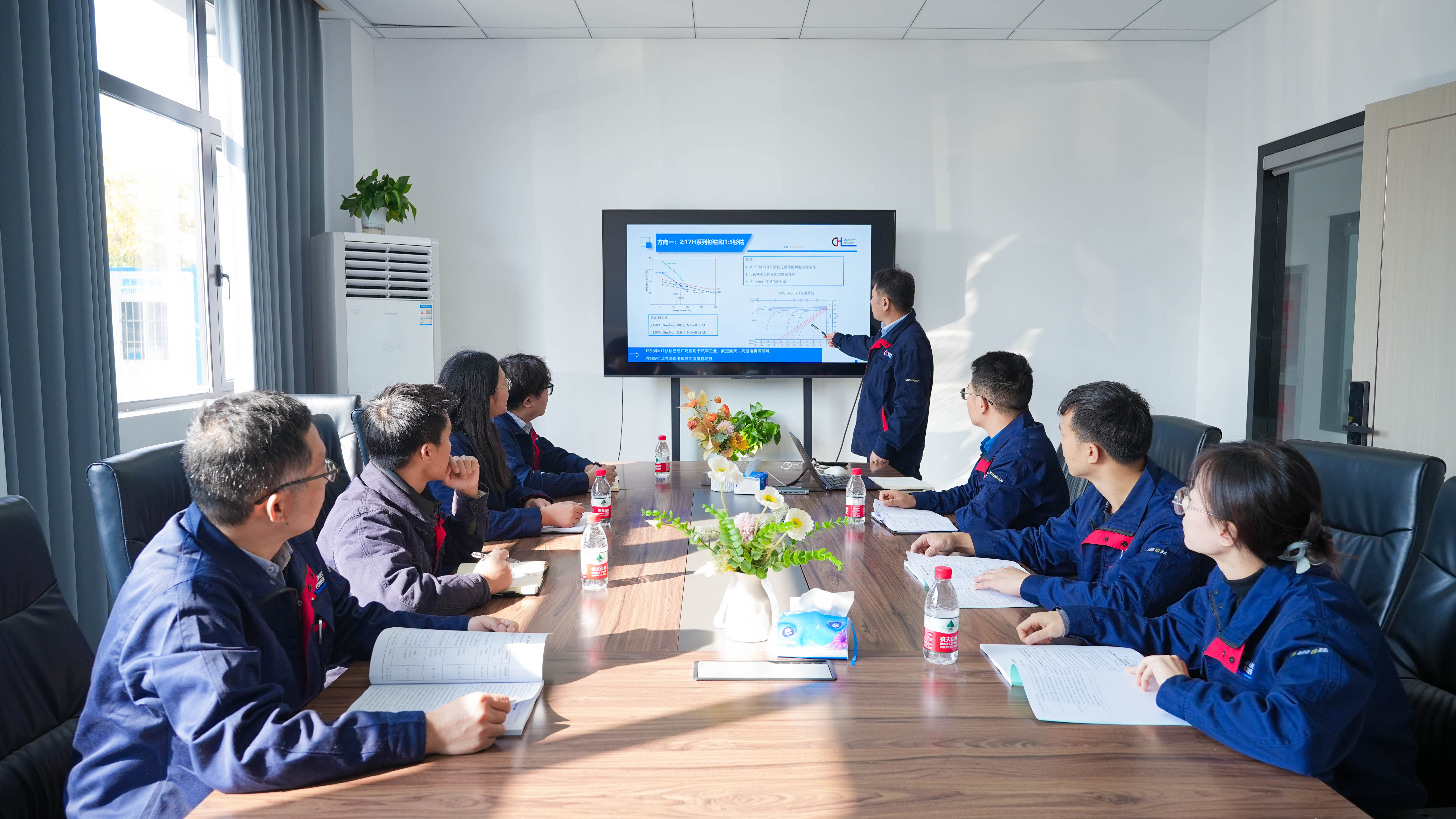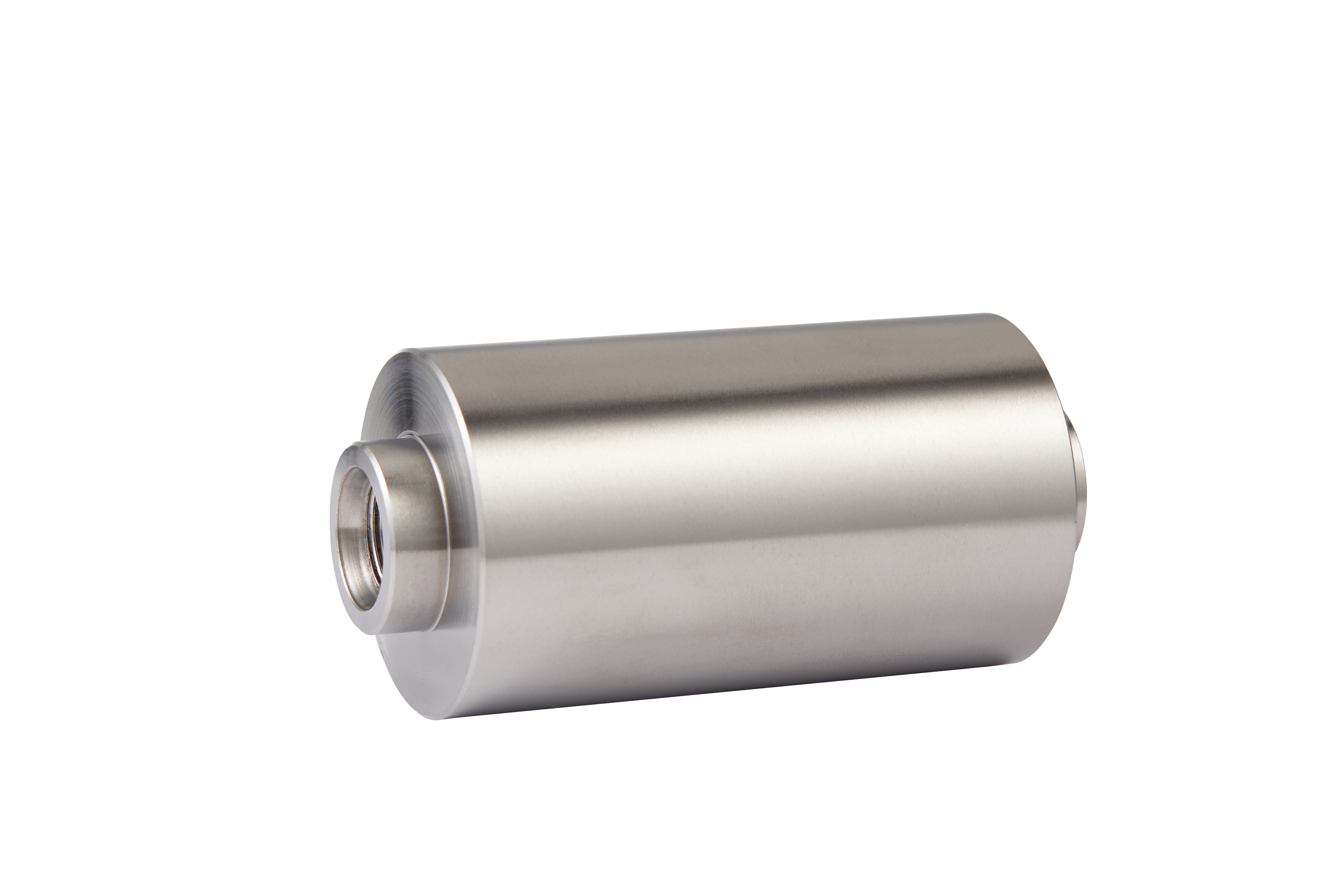During the product development process, the technical research and development department found that the rotor had a more obvious vibration phenomenon when it reached 100,000 revolutions. This problem not only affects the performance stability of the product, but may also pose a threat to the service life and safety of the equipment. In order to deeply analyze the root cause of the problem and seek effective solutions, we actively organized this technical discussion meeting to study and analyze the reasons.
1. Analysis of factors of rotor vibration
1.1 Unbalance of the rotor itself
During the manufacturing process of the rotor, due to uneven material distribution, machining accuracy errors and other reasons, its center of mass may not coincide with the center of rotation. When rotating at high speed, this imbalance will generate centrifugal force, which will cause vibration. Even if the vibration is not obvious at low speed, as the speed increases to 100,000 revolutions, the tiny imbalance will be amplified, causing the vibration to intensify.
1.2 Bearing performance and installation
Improper bearing type selection: Different types of bearings have different load-bearing capacities, speed limits and damping characteristics. If the selected bearing cannot meet the high-speed and high-precision operation requirements of the rotor at 100,000 revolutions, such as ball bearings, vibration may occur at high speeds due to friction, heating and wear between the ball and the raceway.
Insufficient bearing installation accuracy: If the coaxiality and verticality deviations of the bearing are large during installation, the rotor will be subjected to additional radial and axial forces during rotation, thereby causing vibration. In addition, inappropriate bearing preload will also affect its operating stability. Excessive or insufficient preload may cause vibration problems.
1.3 Rigidity and resonance of the shaft system
Insufficient rigidity of the shaft system: Factors such as the material, diameter, length of the shaft, and the layout of the components connected to the shaft will affect the rigidity of the shaft system. When the rigidity of the shaft system is poor, the shaft is prone to bending and deformation under the centrifugal force generated by the high-speed rotation of the rotor, which in turn causes vibration. Especially when approaching the natural frequency of the shaft system, resonance is prone to occur, causing the vibration to increase sharply.
Resonance problem: The rotor system has its own natural frequency. When the rotor speed is close to or equal to its natural frequency, resonance will occur. Under high-speed operation of 100,000 rpm, even small external excitations, such as unbalanced forces, airflow disturbances, etc., once matched with the natural frequency of the shaft system, may cause strong resonant vibration.
1.4 Environmental factors
Temperature changes: During high-speed operation of the rotor, the system temperature will rise due to frictional heat generation and other reasons. If the thermal expansion coefficients of components such as the shaft and bearing are different, or the heat dissipation conditions are poor, the fit clearance between the components will change, causing vibration. In addition, fluctuations in ambient temperature may also affect the rotor system. For example, in a low-temperature environment, the viscosity of the lubricating oil increases, which may affect the lubrication effect of the bearing and cause vibration.
2. Improvement plans and technical means
2.1 Rotor dynamic balance optimization
Use high-precision dynamic balancing equipment to perform dynamic balance correction on the rotor. First, perform a preliminary dynamic balancing test at low speed to measure the rotor’s imbalance and its phase, and then gradually reduce the imbalance by adding or removing counterweights at specific positions on the rotor. After completing the preliminary correction, the rotor is raised to a high speed of 100,000 revolutions for fine dynamic balancing adjustment to ensure that the rotor’s imbalance is controlled within a very small range during high-speed operation, thereby effectively reducing the vibration caused by imbalance.
2.2 Bearing Optimization Selection and Precision Installation
Re-evaluate bearing selection: Combined with the rotor speed, load, operating temperature and other working conditions, select bearing types that are more suitable for high-speed operation, such as ceramic ball bearings, which have the advantages of light weight, high hardness, low friction coefficient, and high temperature resistance. They can provide better stability and lower vibration levels at a high speed of 100,000 revolutions. At the same time, consider using bearings with good damping characteristics to effectively absorb and suppress vibration.
Improve bearing installation accuracy: Use advanced installation technology and high-precision installation tools to strictly control the coaxiality and verticality errors during bearing installation within a very small range. For example, use a laser coaxiality measuring instrument to monitor and adjust the bearing installation process in real time to ensure the matching accuracy between the shaft and the bearing. In terms of bearing preload, according to the type and specific working conditions of the bearing, determine the appropriate preload value through precise calculation and experiment, and use a special preload device to apply and adjust the preload to ensure the stability of the bearing during high-speed operation.
2.3 Strengthening the rigidity of the shaft system and avoiding resonance
Optimizing the shaft system design: Through finite element analysis and other means, the shaft structure is optimized and designed, and the rigidity of the shaft system is improved by increasing the diameter of the shaft, using high-strength materials or changing the cross-sectional shape of the shaft, so as to reduce the bending deformation of the shaft during high-speed rotation. At the same time, the layout of the components on the shaft is reasonably adjusted to reduce the cantilever structure so that the force of the shaft system is more uniform.
Adjusting and avoiding resonance frequency: Accurately calculate the natural frequency of the shaft system, and adjust the natural frequency of the shaft system by changing the structural parameters of the shaft system, such as the length, diameter, elastic modulus of the material, etc., or adding dampers, shock absorbers and other devices to the shaft system to keep it away from the working speed of the rotor (100,000 rpm) to avoid the occurrence of resonance. In the product design stage, modal analysis technology can also be used to predict possible resonance problems and optimize the design in advance.
2.4 Environmental control
Temperature control and thermal management: Design a reasonable heat dissipation system, such as adding heat sinks, using forced air cooling or liquid cooling, to ensure the temperature stability of the rotor system during high-speed operation. Accurately calculate and compensate for the thermal expansion of key components such as shafts and bearings, such as using reserved thermal expansion gaps or using materials with matching thermal expansion coefficients, to ensure that the matching accuracy between components is not affected when the temperature changes. At the same time, during the operation of the equipment, monitor the temperature changes in real time, and adjust the heat dissipation intensity in time through the temperature control system to maintain the temperature stability of the system.
3. Summary
The researchers of Hangzhou Magnet Power Technology Co., Ltd. conducted a comprehensive and in-depth analysis of the factors affecting rotor vibration and identified the key factors of the rotor’s own imbalance, bearing performance and installation, shaft rigidity and resonance, environmental factors and working medium. In response to these factors, a series of improvement plans were proposed and the corresponding technical means were explained. In the subsequent research and development, the R&D personnel will gradually implement these plans, closely monitor the vibration of the rotor, and further optimize and adjust according to the actual results to ensure that the rotor can work more stably and reliably during high-speed operation, providing a strong guarantee for the performance improvement and technological innovation of the company’s products. This technical discussion not only reflects the R&D personnel’s spirit of overcoming difficulties, but also reflects the company’s emphasis on product quality. Hangzhou Magnet Power Technology Co., Ltd. is committed to providing each customer with higher quality, better price and better quality products, only developing products suitable for customers and creating professional one-stop solutions!
Post time: Nov-22-2024





